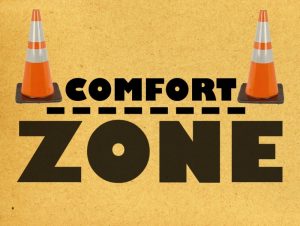 There is another, rarely analyzed idea, which, when creating a full opponent's profile, is often referred to as your comfort zone.
There is another, rarely analyzed idea, which, when creating a full opponent's profile, is often referred to as your comfort zone.
Describing a player's comfort zone, unlike analyzing frequencies or psychological models, is a more artistic task. To figure out what the opponent's comfort zone is, you need to understand how the player feels in certain situations or what they like in poker. In other words, there are certain bluffing situations that seem inappropriate to the opponent, and there are those that seem appropriate. There are styles, strategies, or situations that the opponent enjoys and those they avoid. Reconstructing how your opponent feels in various bluffing and value-betting situations is a very subtle but important task.
When you start to understand your opponent's psychology through research, you are likely to see certain bluffing situations that they do not understand, even if it seems that their perception allows them to see such situations. This is a good indicator of the comfort zone, hindering the player's strategy.
The comfort zone inversely correlates with the centrality theory. The further the situation is from the center, the more likely it is outside the player's comfort zone. Contrary to common belief, the comfort zone makes the player resist the feel of the hand. For example, some players will consciously resist certain types of thin value bets, bluffing with certain cards, or a sequence of bluffs in the flow of the game. Even if the situation strongly calls for it and they consciously understand that it is the right place, competent players with a weak comfort zone may refuse to play optimally. Therefore, it is really useful to pay attention to the types of bluffs that the opponent avoids or hesitates with. You can use these observations to define the boundaries of your opponent's comfort zone.





